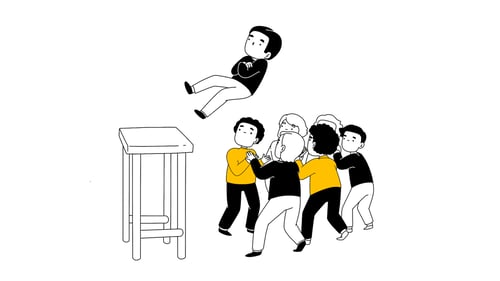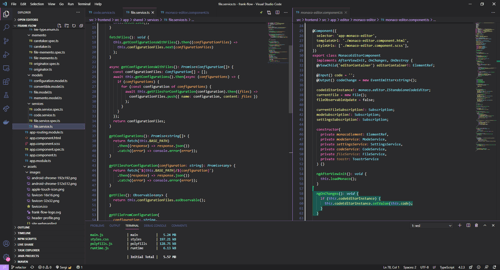REST API vs. GraphQL: the ultimate battle
Spoiler alert: there is no easy winner when choosing between REST API and GraphQL. In one scenario it’s better to opt for REST, but in another scenario it’s smarter to use GraphQL. This is why, we explain the difference between the two solutions, and we compare REST and GraphQL with each other. Hopefully we will help you on your way to ultimately make the right choice for a solution that suits your needs.
BIGGEST DIFFERENCE BETWEEN REST API AND GRAPHQL
The main difference between REST API and GraphQL can be found in the responses. GraphQL, is a query language where you specifically specify what information you want in response. While REST is an architectural style that gives you an overview of your data, categorized by objects. An example: with GraphQL, you write a query in which you ask for information from an object, such as the customer name, age, city and house number. You will then receive a composite answer that exactly meets your question. With REST API you get a package of information back, in which you will find the answers to your question. REST thus retrieves much larger chunks of information than is sometimes necessary, while GraphQL provides specific responses. It completely depends on your challenge which solution is better.
Are you struggling with a specific integration issue? Or do you have a question about certain systems, application, or Integration as a Service?
COMPARISON GRAPHQL AND REST API
There are of course even more differences between GraphQL and REST API. Below we discuss other differentiating factors:
Libraries
The big disadvantage of GraphQL is that you need specific libraries. Where REST works with HTTP protocols that are supported almost everywhere. With GraphQL you need a library that creates an extra API layer between applications for you. To use GraphQL properly, you need to know what the back looks like, otherwise you won’t be able to ask the right question. The advantage of GraphQL is that you get exactly the data you need back.
Caching
With GraphQL you get specific responses, but unfortunately you can’t cache them. When you make a request and GraphQL gets the information from multiple
objects, it will fail if one of those objects has changed. Caching can be found in the HTTP specifications of the REST API. Caching prevents a lot of data from being sent back and forth. With GraphQL, less data goes over the line anyway, because the request and response are more specific.
Complexity
There is not as much knowledge in the market about GraphQL in comparison to REST API. GraphQL is a more complex solution and harder to learn, while REST is basically a simple link. The complexity of GraphQL is a disadvantage when you make it available to the public, for example, a banking application. You need to understand the query language and you need libraries to implement GraphQL. That increases the complexity of the call, while anyone can call the REST API
REST API AND GRAPHQL: TIE
So, we can’t pick a winner, because both GraphQL and REST API are useful and are good alternatives. Do you need a query functionality? Then choose GraphQL. But do you work with an object model, and do you want your API to look like this too? Then choose REST API. Ultimately, the right solution is the one that best suits the problem you want to solve. If you’re considering moving from REST to GraphQL, or vice-versa, check out other alternatives. Also, don’t forget to review your current technology and see whether you are using it optimally. These steps will help you make the right choice.
REST API & GRAPHQL, WATCH THE VIDEO
Also watch our video on how to define a good REST API. Do you have another question about REST? Our specialists are currently working hard, but don’t hesitate to leave your question here or schedule a time to chat with one of our API specialists.




/BewerktWAF11.jpg?length=500&name=BewerktWAF11.jpg)